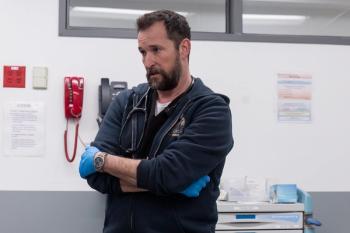
Podcast: Nuance, Tech & Fighting Physician Burnout
Data Book examines the work of William Osler & its parallels to the burnout problem. Then our expert panel discusses solutions.
Photo has been altered. Courtesy of Wellcome Images.
By now, healthcare leaders understand that physician burnout is a serious problem that afflicts our doctors, patients and health systems. And, of course, the electronic health record (EHR) is linked to burnout, worsening doctors’ workflow and documentation demands. But, nuanced as it may be, technology, data and analytics can also play a role in fighting physician burnout.
This week on Data Book, we host a
Our all-star lineup includes: Janae Sharp, founder of the Sharp Index, which aims to end physician suicide caused by burnout; Rasu Shrestha, M.D., MBA, chief strategy officer for Atrium Health and a top innovator in health IT; Heather Staples Lavoie, president of health data vendor Geneia, which also measures physician burnout; and moderator Geeta Nayyar, M.D., MBA, a health-tech executive and podcast/TV host who’s been ranked among the smartest in the business.
Before we get to their talk, Data Book digs into the very much abridged story of Sir William Osler, who some consider the father of modern medicine. We bring listeners to the scene of
The point is, Osler embodied nuance. In the same breath, he blasted structural forces and pinned blame on individual doctors, who operated under the undesirable effects of a questionable status quo. He advocated for more bedside learning but also effectively stripped his residents of their lives outside the hospital. He strived for better healthcare — and a fixed age, enforced by death via chloroform, for the elderly.
As healthcare grapples with physician burnout, it’s smart to keep nuance in mind. Yes, a new technology can cause burnout, isolating doctors and driving them away from their calling. But technology — better technology, no doubt — can also measure the problem and perhaps reduce it.
Get the best
Related





























































































